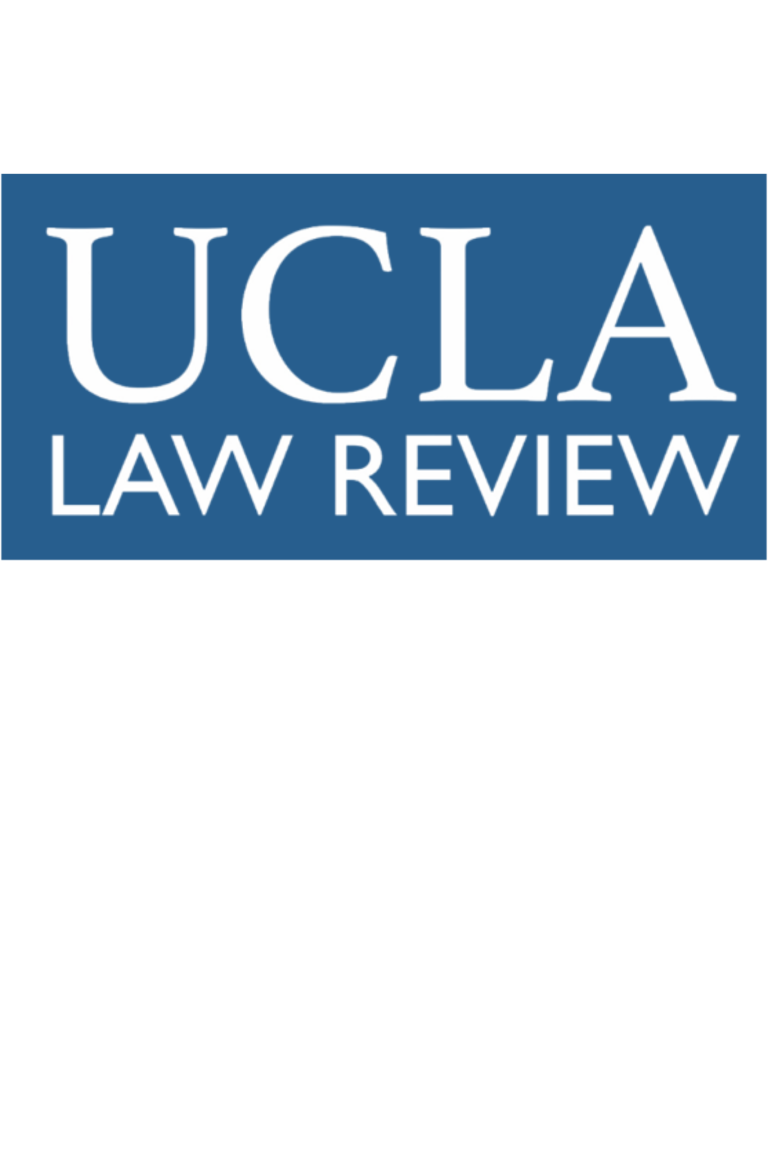From the UCLA Law Review:
Is the United States at risk of democratic backsliding? And would the Constitution prevent such decay? To many, the 2016 election campaign and the conduct of newly installed President Donald Trump may be the immediate catalyst for these questions. But structural changes to the socio-economic environment and geopolitical shifts are what make the question a truly pressing one. Eschewing a focus on current events, this Article develops a taxonomy of different threats of democratic backsliding, the mechanisms whereby they unfold, and the comparative risk of each threat in the contemporary moment. By drawing on comparative law and politics experience, we demonstrate that there are two modal paths of democratic decay. We call these authoritarian reversion and constitutional retrogression. A reversion is a rapid and near-complete collapse of democratic institutions. Retrogression is a more subtle, incremental erosion to three institutional predicates of democracy occurring simultaneously: competitive elections; rights of political speech and association; and the administrative and adjudicative rule of law. We show that over the past quarter-century, the risk of reversion in democracies around the world has declined, whereas the risk of retrogression has spiked. The United States is neither exceptional nor immune from these changes. We evaluate the danger of retrogression as clear and present here (and elsewhere), whereas we think reversion is much less likely. We further demonstrate that the constitutional safeguards against retrogression are weak. The near-term prospects of constitutional liberal democracy hence depend less on our institutions than on the qualities of political leadership, popular resistance, and the quiddities of partisan coalitional politics.

